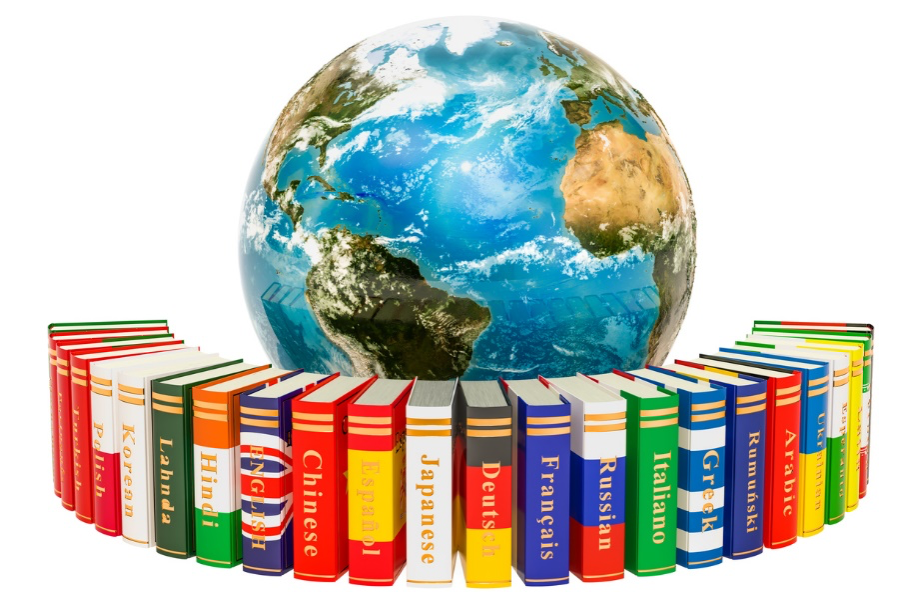
Linguistic family tree
A language family is a group of languages related through descent from a common ancestral language, called the proto-language of that family. Linguists describe the daughter languages within a language family as being genetically related. They have often used trees and branches as metaphors to explain and map the connections between language groups.
There are thousands of spoken languages in the world and most can be traced back in history to show how they are related to each other. There are three main language families:
- Indo-European (Includes English)
- Sino-Tibetan (Includes Chinese)
- Afro-Asiatic (Includes Arabic)
Sometimes a protolanguage can be identified with a historically known language. Thus, provincial dialects of Vulgar Latin are known to have given rise to the modern Romance languages, so the Proto-Romance language is more or less identical to Latin. Similarly, Old Norse was the ancestor of Norwegian, Swedish, Danish and Icelandic. Sanskrit was the protolanguage of many of the languages of the Indian subcontinent, such as Bengali, Hindi, Marathi, and Urdu.
Some considerations of the language families:
- Indo-European is Sino-Tibetan branch includes Mandarin and Thai
- Indo-European branch includes: English, Russian and Hindi
- Austronesian branch includes: Malay, Indonesian and Tagalog
- Japanese and Korean have their own branches
- Tamil is on another branch called Dravidian the largest language family, followed by Sino-Tibetan, and lastly Afro-Asiatic.
A hypothesis put forward by Professor Joseph Greenberg holds that the original mother language developed in Africa among Homo-sapiens. Their ‘Proto World’ map would show how early humans spread across the world, taking their language with them. That single language, which Greenberg calls the Mother Tongue or proto-world, diverged naturally over time into the several thousands of diverse forms spoken today.
In many parts of the world, however, there are no written records, and we don’t know enough about the languages themselves. Consequently, we have to resort to grouping languages on the basis of geography. This is the case with many of the aboriginal languages of Australia, the native Indian languages of the Americas, the tribal languages of Africa, and countless other languages all over the world.
According to Ethnologue, there are 147 language families in the world. This figure may not be precise, and the actual number of families, once the little known languages are studied and relationships among them are established, will undoubtedly keep changing.
Membership in a branch or group within a language family is established by shared innovations; that is, common features of those languages that are not found in the common ancestor of the entire family. For example, Germanic languages are "Germanic" in that they share vocabulary and grammatical features that are not believed to have been present in the Proto-Indo-European language.
©TranslatorPub.com 2025 All Rights Reserved.
Mail comments and suggestions to [email protected]
| Privacy Policy
| Sitemap.




